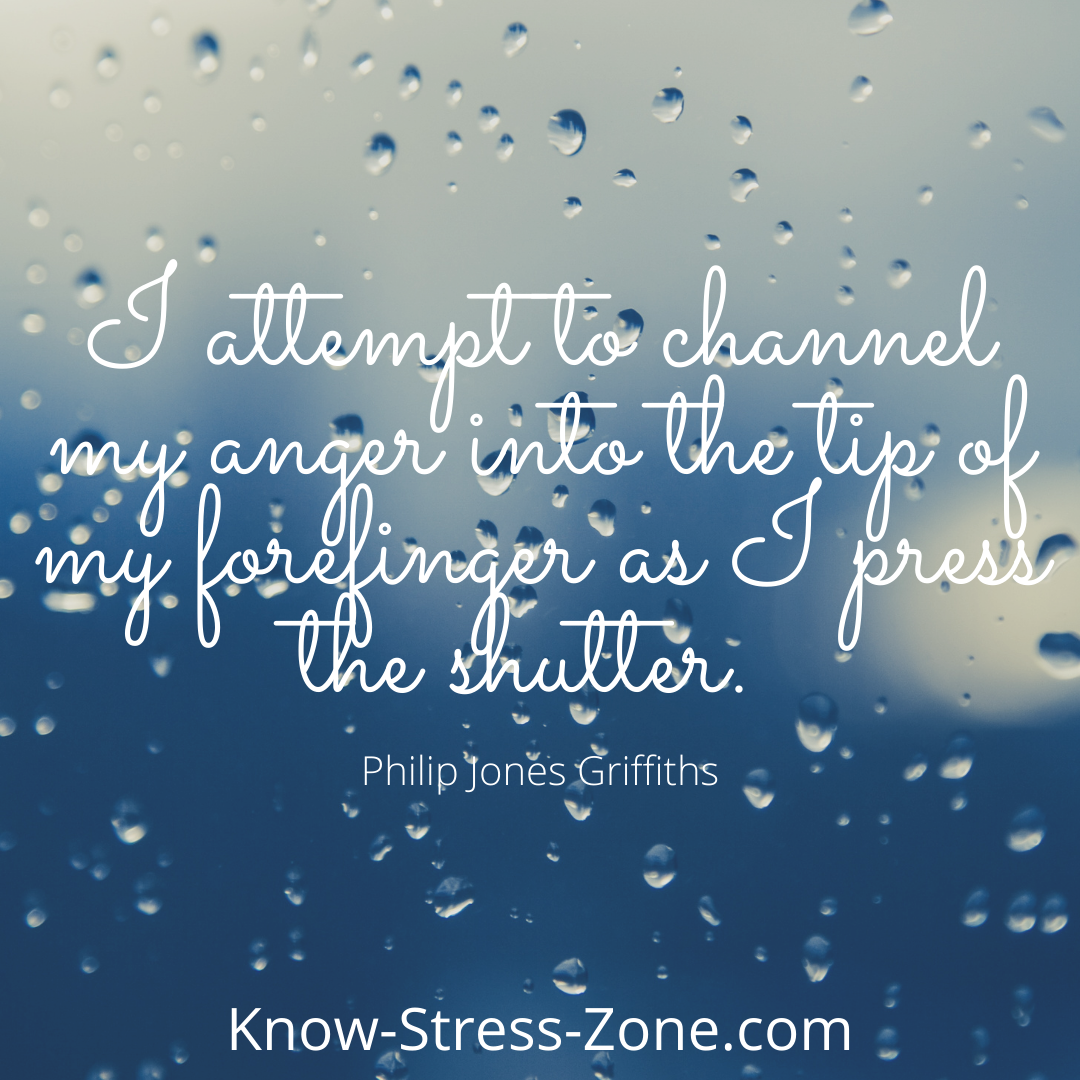Channeling Anger Into Productive Action: 8 Tips
Channeling Anger: For those of you who are new to the website and my writing, welcome! As a recap, I have been struggling with bipolar and obsessive-compulsive disorders for years.
|
For some people, mental health disorders can sometimes involve self-harm behaviors. Some reasons for doing so may include the desire to “feel something,” to release anger, to punish oneself, and many other personal reasons. Before I received proper treatment, I resorted to self-harm (burning) in the past. I finally learned to manage my condition in a healthier way. Having said that, there is always a chance of being tempted to revert back to old ways. The good news is there are better ways of managing these situations – such as writing. I love writing. It is one of my numerous personal outlets (we should always have more than one). |
A couple of months ago, I was having an “episode” and felt the need to burn myself. I decided at that moment that I was not going to follow that path again. I took a stand and decided to channel my anger by writing a poem.
I realize it’s a dark and disturbing poem. I urge you to keep in mind that it helped me immensely to transfer my feelings onto paper - a dropping of the emotional turd if you will.
After its completion, I felt lighter. I felt better.
Here’s the poem:
Still here, avoiding all the cracks …
Swept aimlessly, among ghosts of the tracks.
My mind’s not me, flesh stripped from my bones.
Push on my friend, rejected by my own ….
Where’s me??
Gasping for a breath
Resisting, the endless call of death.
Is this my end?
My life I still defend …..
Defend “The Me,” will I ever be ….
Seen all, none should ever see,
Charting a course, in my own deadly sea.
Fighting the ghosts, I may not even know
My mind tells me, that it must be so.
Dear God, cleanse my mind and soul.
Help me go on, please just make me whole.
- Ted Stefanski
Writing may not be your thing, find out what works for you. I know, deep breathing is important, but I’m talking about something that will make you refocus your brain. Something really engaging.
Examples include painting, sketching, writing your own music – then playing it, sculpting, whatever works for you. Anything creative. Something you can point to and say: “I was angry, depressed, and anxious, and this is what I built because of these feelings.”
I encourage you to challenge yourself the next time you are being pulled into the web of sadness, fear, rage, and negativity. It gave me control, self-confidence, and increased mental fortitude.
I’m living proof that it works.
Next time, build something ….~Ted
Note: If you feel you are about to harm yourself, please dial 911 immediately. The following is for those who are confident enough and have a more secure handle on their condition and are ready to attempt to channel their negative feelings in a healthier way.
Channeling Anger: 8 Practical Tips ~parts adapted via Psychcentral.com
|
Tip 1: See your anger as information What is your anger trying to communicate to you? For instance, anger is a signal that our personal boundaries have been violated in some way. Maybe your anger tells you that someone has disrespected you and has spoken to you in a demeaning way. Your anger can then inspire you to talk to that person (in a clear, kind manner) and maintain your boundary. (More on what that looks like below.) Tip 2: Focus on your sensations Shifting your attention to the way your body feels when you’re angry can be very helpful. Maybe you get a headache, feel hot, experience tension in your face, have trouble concentrating, need to move, and have a pounding heart. |
Knowing the early signs of your anger can help you effectively intervene—and not wait until it rises to an unmanageable level.
Tip 3: Get to the Root
Explore what’s really making you so upset. For instance, “are you upset because your friend is 5 minutes late or is there a bigger issue…a pattern of them not valuing you or your time?”
You might even take a few minutes to journal about your anger and its origins. Maybe it turns out that a certain incident touched a tender part of your past. Maybe your anger toward your boss stems from you not liking your job in the first place.
Tip 4: Detach from Unhelpful Thoughts
Listen to your thoughts without believing them. For example, you automatically think, “He’s such a jerk!” Instead, add these words to create some distance: “Right here and now, my mind is telling me that he is such a jerk.”
Tip 5: Name Your Other Emotions
What emotions do you feel about your anger? These are known as secondary emotions. After feeling angry, you might feel embarrassed, guilty, ashamed, proud, bold, or confident.
These secondary feelings that may arise as a result of feeling anger can speak to some of the ways you learned to relate to expressions of anger. This is also helpful information.
Tip 6: Learn to Calm Down Quickly
It’s impossible to think rationally—and thereby entertain creative solutions—when you’re in a fiery rage. To reduce your anger, take a brief walk, breathe deeply, stretch, or practice progressive muscle relaxation. Such activities help you to refocus and counter the tension.
Tip 7: Get Some Clarity
To access productive anger, ask yourself these clarifying questions:
- Am I thinking facts based on my senses, or am I automatically believing biased, distorted, blaming, and judgmental thoughts?
- What actually is right now?
- What would be the skillful thing I could do next that would move things forward in a meaningful way?
- What does this situation call for when I look at things clearly?
Tip 8: Express Yourself Respectfully
To turn your anger into effective communication, Hall suggested using the below steps. They’re part of DEAR in DEARMAN, a skill from dialectical behavior therapy for interpersonal effectiveness.
- Describe the facts you’ve noticed: “I’ve noticed that we each have something of value to say; however, every time I begin sharing something with the group, I get talked over.”
- Express your feelings or opinions: “Being talked over makes me angry because I am less involved in the process and cannot meaningfully contribute.” Or ” It makes me upset because I feel excluded from the team and that’s difficult for me.”
- Assert what you need: “I’d love to be able to share my thoughts without being interrupted or talked over.”
- Reinforce how your request will benefit the other person: “It would make me feel close to you and valued by you if you heard me out because I’d know that you value what I am trying to say.”
Anger is a complicated emotion that’s regularly misconstrued. Yet, we can use anger as a helpful messenger, a spark to take significant action, or a tool to improve our relationships and our lives.
The key is to harness your anger, to channel it. I hope the above helps you to do just that.
Channeling Anger and More Ways to Outsmart Anxiety Channeling Anger Channeling Anger Channeling Anger Channeling Anger Channeling Anger Channeling Anger

